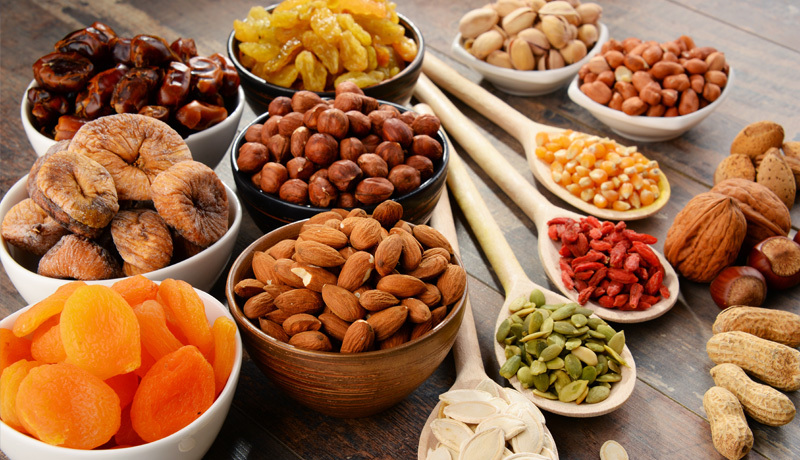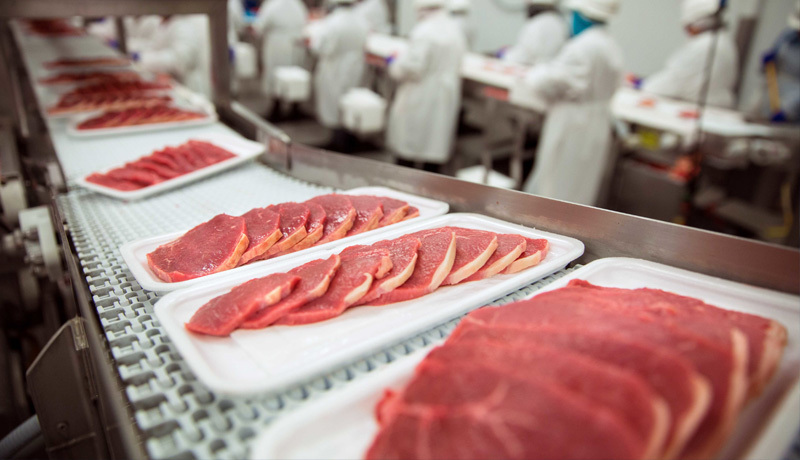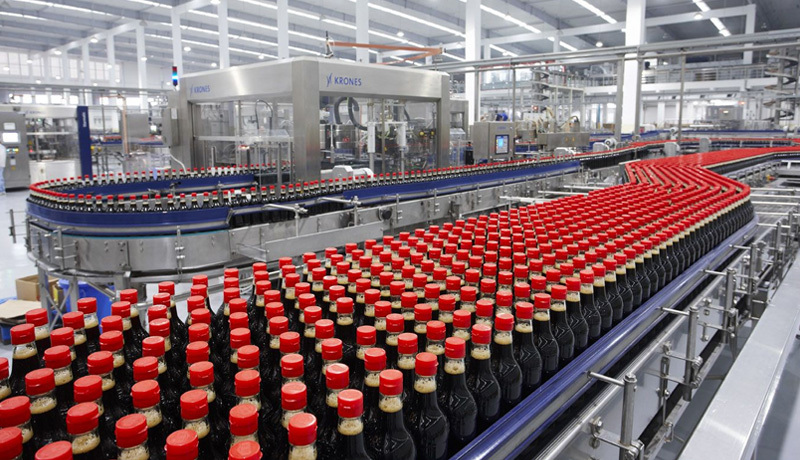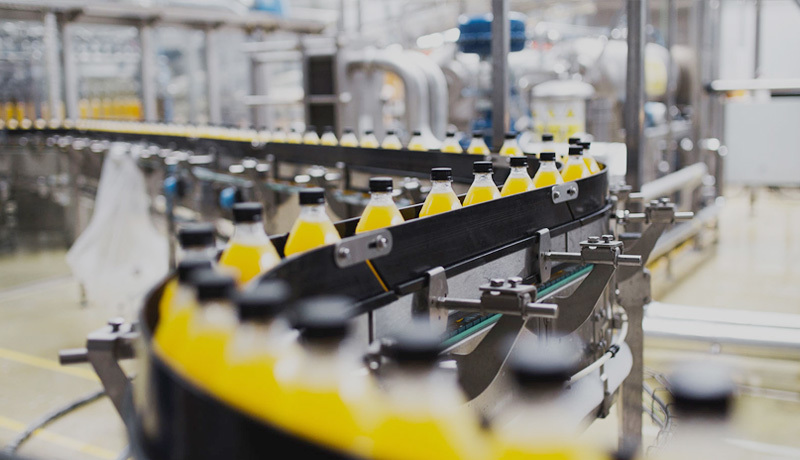
Food Industry
Food gases are widely used and important in the field of food processing, playing a crucial role in protecting food freshness, maintaining food quality, improving food safety, and promoting the food processing process.
GUIDA GAS
Development Trend
Diversified applications: With the increasing demand of consumers for food safety and quality, the research and application of food gases will become more in-depth. In the future, we can expect more innovative gas technologies and products to emerge, bringing more possibilities and opportunities to the food industry.
Environmental Protection and Sustainability: With the increasing awareness of environmental protection, the production and use of gases for food will also pay more attention to environmental protection and sustainability. By improving production processes and increasing resource utilization, we aim to reduce our impact on the environment and contribute to the sustainable development of the food industry.

Retain Freshness and Antisepsis
Nitrogen: Nitrogen is an inert gas that does not easily react chemically with other substances. In food packaging, nitrogen is often used as a filling gas to remove oxygen from the packaging, thereby inhibiting the oxidation reaction of food and delaying the spoilage process of food. Nitrogen preservation technology is widely used for the preservation of fruits, vegetables, meat, seafood and other foods.
Carbon dioxide: Carbon dioxide can inhibit the growth of bacteria and mold, and is therefore often used for food preservation and preservation. In modified atmosphere packaging, the shelf life of food can be extended by controlling the concentration of carbon dioxide.
Standard gas: can be used to calibrate and validate gas detectors and other equipment to monitor the real-time content of oxygen, carbon dioxide and other gas components in food. By precisely controlling these gas components, nutrient loss can be reduced and food can be prevented from spoiling due to oxidation, bacterial growth, and other reasons.
Packaging and Processing
Food packaging: Nitrogen is one of the most commonly used gases in food packaging. It can not only be used to fill packaging containers, remove air from them, prevent food oxidation and spoilage, but also for vacuum packaging of food, isolating food from air and further improving the shelf life of food.
Food processing: Gas also plays an important role in the food processing process. For example, oxygen can be used for baking and grilling food, promoting oxidation reactions and giving the food a tempting golden yellow color on its surface. Nitrogen can be used to make puffed foods such as potato chips, popcorn, etc. By controlling the pressure and temperature of nitrogen, the food can present a crispy texture. Carbon dioxide is also commonly used in carbonated beverages and is a key ingredient in their production.


Other Applications
Wine preservation: Argon gas can be used for wine preservation to prevent oxidation and spoilage of wine. By filling the wine bottle with argon gas, the oxygen in the bottle can be eliminated, extending the shelf life of the wine.
Ice cream making: Nitrogen can also be used to make frozen foods such as ice cream. By controlling the pressure and temperature of nitrogen, ice cream with delicate texture and smooth taste can be made.
Dry ice preservation: Dry ice is a solid carbon dioxide that vaporizes directly without melting when heated, and can achieve a low temperature of -80 ℃. Therefore, it is often used for food preservation in the food industry.
The application of food gases in the field of food processing has multiple advantages, as they play an irreplaceable role in ensuring food quality, safety, and extending shelf life. With the advancement of technology and the increasing demands of consumers for food safety and quality, the application of gas industry in the field of food processing will become more extensive and in-depth.

